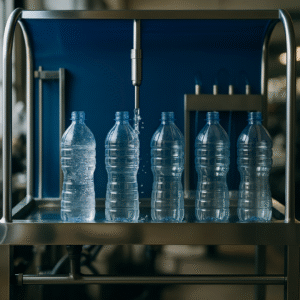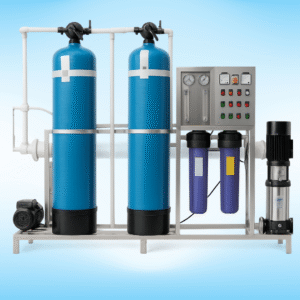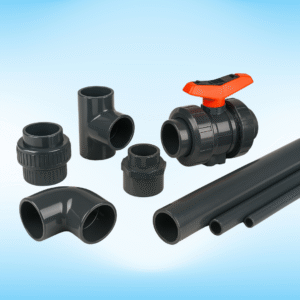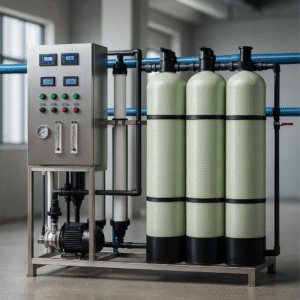Introduction
In modern automatic filling systems, I’ve seen how peristaltic, volumetric, and piston pumps precisely measure, dispense, and seal liquids into containers, guided by conveyors, nozzles, and sensors that adapt to varying viscosity and timing demands. From capping heads with screw modules to pick-and-place control, this synchronized automation ensures efficiency, precision, and seamless integration across diverse industries and production lines.
How It Works / Operating Principle / Structure
An automatic monobloc machine synchronizes filling, capping, and labeling with remarkable precision, using peristaltic, volumetric, and piston pumps that adapt to various viscosities, containers, and cap types while maintaining seamless integration and throughput across food, beverage, cosmetics, and chemicals industries.
Its touchscreen interface, servo control, and modular design ensure fast changeovers, dual mode operation, and stable torque calibration, enabling reliability, flexibility, and performance for both semi-automatic and automatic configurations, managing up to 3000 bottles per hour with easy maintenance and consistent labeling accuracy.
Advantages / Benefits
With automatic precision and volumetric accuracy, these systems ensure efficient filling and capping of containers, minimizing foaming and splashing through intelligent sensors and control mechanisms. The conveyor-based pick-and-place design with screw heads and sealing modules enhances timing, maintains viscosity balance, and supports semi-automatic to manual adaptability for optimized pump dispense operations.




